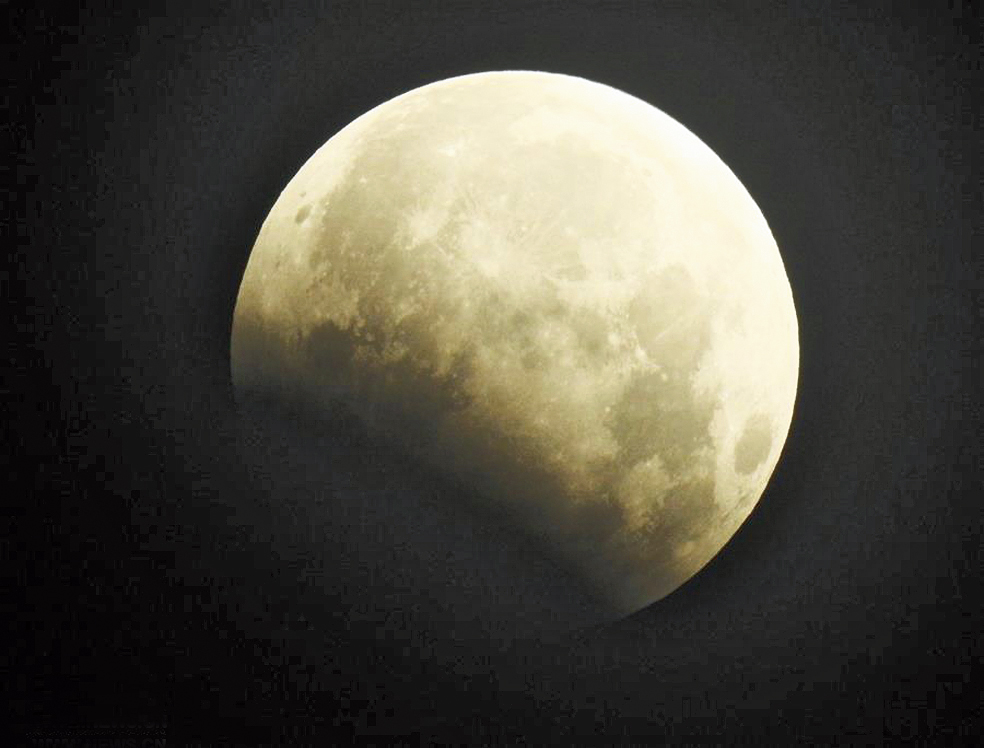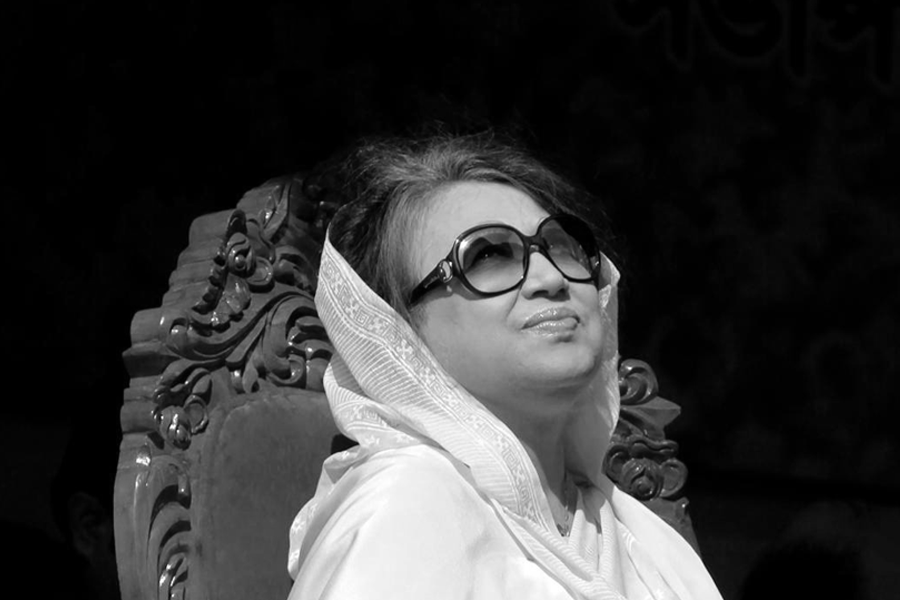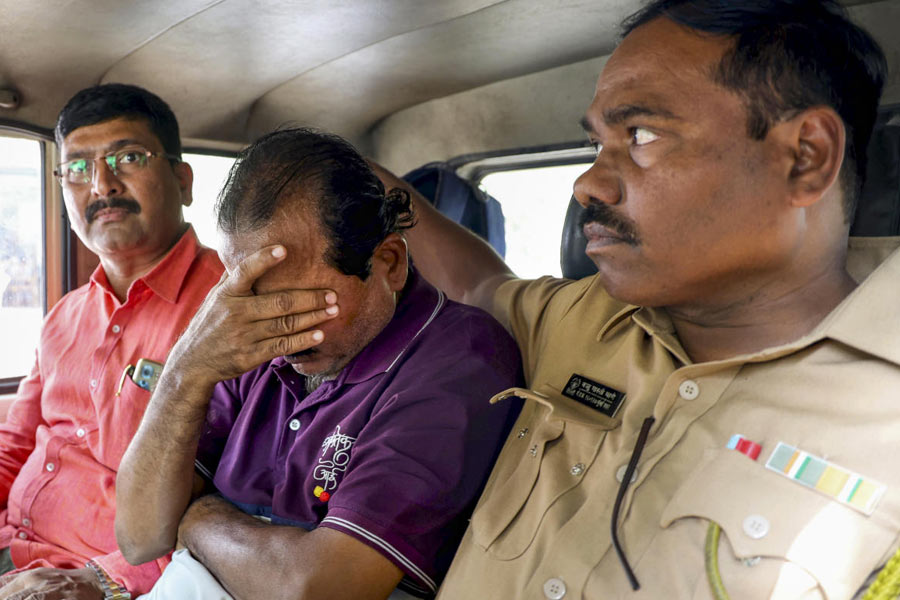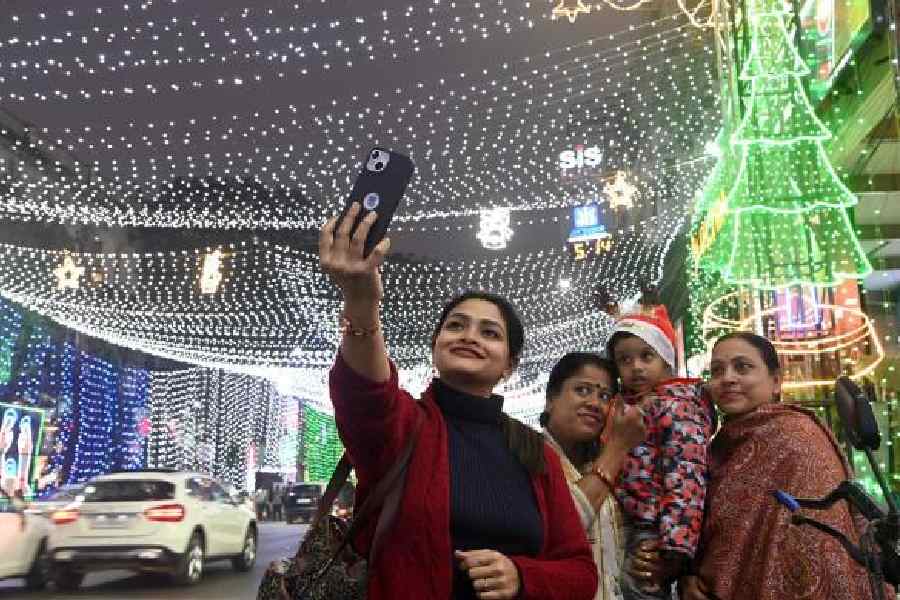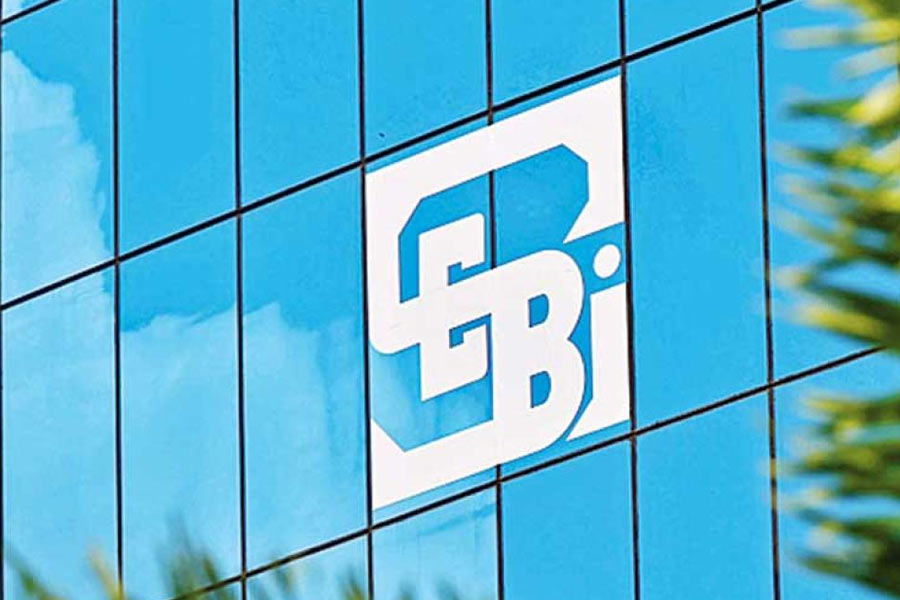A partial lunar eclipse will be visible from Calcutta and other parts of the country in the early hours of Wednesday, from 1.31am to 4.29am.
The month of July 2019 seems to be the month of the Moon, especially from the Indian point of view. The whole country, along with the world scientific community, was keenly following the much awaited launch of Chandrayaan 2, the spacecraft which was supposed to not only orbit the Moon but do soft landing near the south pole of the Moon with a lander.
For almost every Indian, it was exciting and a huge number of people were following the countdown to the launch on the night of July 15. But now we know that the launch was aborted because of some technical snag and a future launch date is yet to be announced.
Space, sky enthusiasts and sky lovers were a bit disappointed by this postponement. But they can lift their spirits because in the early hours of July 17, India is going to experience a partial lunar eclipse.
This time, the eclipse will be in the middle of the night. Those who have spent sleepless hours on the night of July 15 for viewing the Chandrayaan 2 launch will probably have to remain awake on the 16th night as well.
The partial lunar eclipse will last for about three hours. The eclipse will be visible from parts of South America, Europe, Africa, Asia and Australia. Viewers in India are lucky, since the eclipse will be visible entirely from all parts of the country.
The partial eclipse of the Moon will start around 1.31am, Indian Standard Time, (i.e. early hours of July 17).
The greatest partial eclipse, when the Moon will look the darkest, will be around 3.00am. The Moon will remain partially eclipsed till 4.29 am.
So, it is a golden opportunity for the sky enthusiasts and eclipse lovers in India because the eclipse will be visible almost throughout the night.
An eclipse of the Moon takes place only at Full Moon. Whenever the Sun, Earth and the Moon come in a perfect straight line, as the Sun’s rays fall on the Earth, the Earth’s shadow falls onto a patch of space, and only when the Moon enters that patch of shadow we see a lunar eclipse.
The shadow is actually composed of two cone-shaped parts, one inside the other. The outer shadow or penumbra is a zone where the Earth’s shadow is partial and blocks some of the Sun’s rays.
In contrast, the inner shadow or umbra is a region where the Earth blocks all direct sunlight from reaching the Moon. When only a part of the Moon passes through the umbra, a partial lunar eclipse is seen.
If the entire Moon passes through the umbral shadow, a total eclipse of the Moon occurs.
On the July 16 night, only a part of the Moon will be passing through the Earth’s shadow. According to scientists, the magnitude of the partial lunar eclipse will be 0.65, which means at the greatest eclipse, at around 3.01am, 65 per cent of the Moon’s diameter will be under the shadow of the Earth.
Interested people should try to observe the eclipse because there will be no proper lunar eclipse in the next few years. India will experience a lunar eclipse next on May 26, 2021. Though the eclipse will be total, only part of the partial eclipse can be seen during moonrise.
Lunar eclipses are safe to view with the naked eye. No special filters are required to protect your eyes like those used for solar eclipses. One does not need a telescope to watch the eclipse, although a good pair of binoculars will enhance the experience.
- The author is director, research & academic, MP Birla Planetarium

